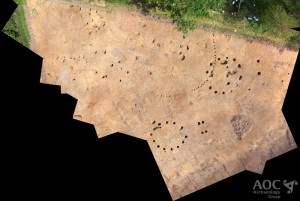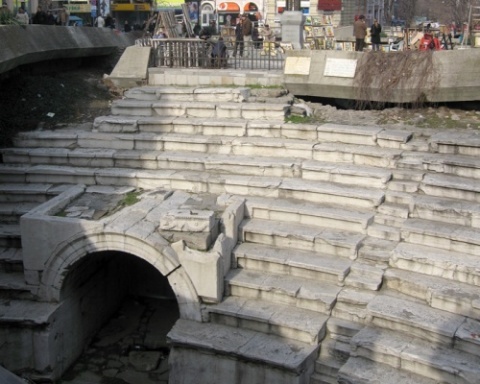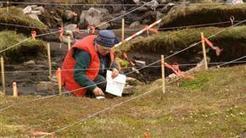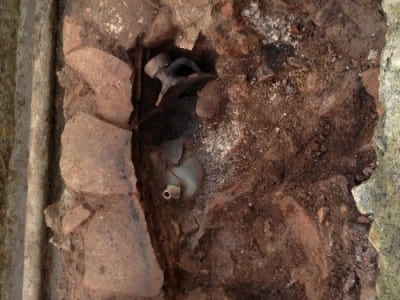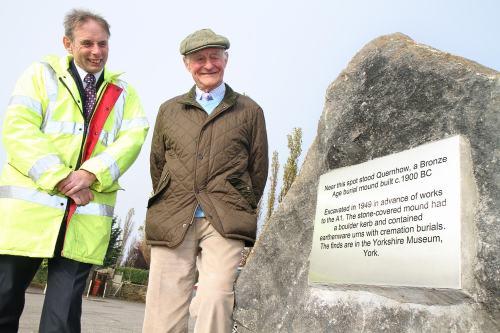The DNA and scientific testing to confirm whether or not the remains of an individual discovered in Leicester is that of England’s King Richard III will be known early in the new year, according to officials from the University of Leicester.
DNA testing, environmental sampling and radiocarbon dating are some of the tests being undertaken to determine whether the skeleton found in Leicester was once Richard III – and there are also plans to do a facial reconstruction.
Lead archaeologist Richard Buckley, of the University of Leicester’s Archaeological Services, explains “We are looking at many different lines of enquiry, the evidence from which all add up to give us more assurance about the identity of the individual. As well as the DNA testing, we have to take in all of the other pieces of evidence which tell us about the person’s lifestyle – including his health and where he grew up.
“There are many specialists involved in the process, and so we have to coordinate all of the tests so the analysis is done in a specific order. The ancient DNA testing in particular takes time and we need to work in partnership with specialist facilities. It is not like in CSI, where DNA testing can be done almost immediately, anywhere – we are reliant on the specialist process and facilities to successfully extract ancient DNA.”
Read the rest of this article...
You may also be interested in this Oxford summer school course about Richard:
The Life and Times of Richard III...




